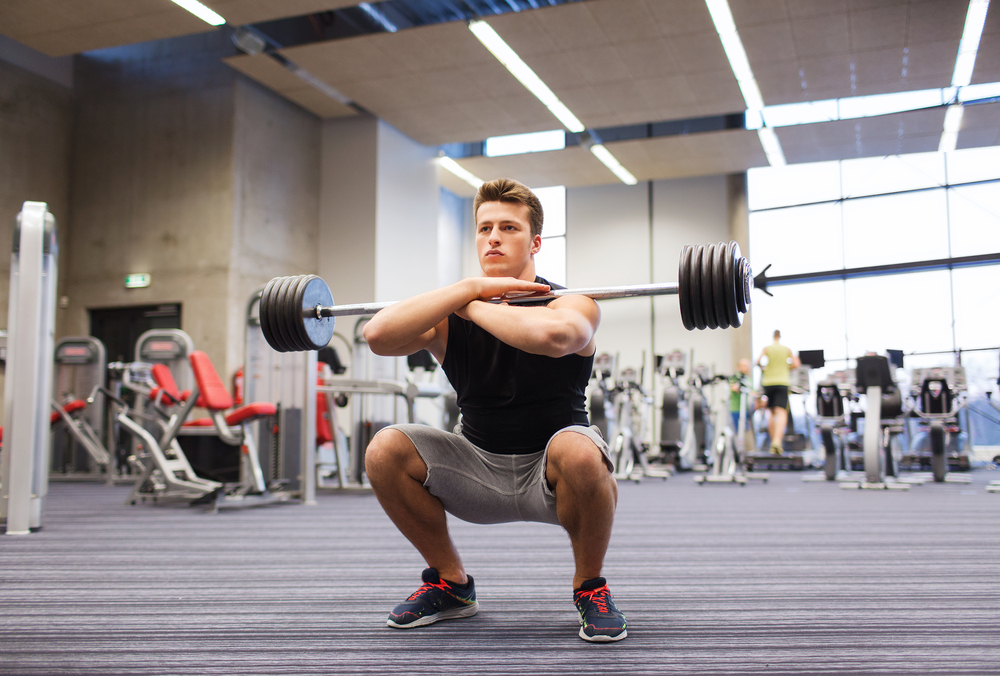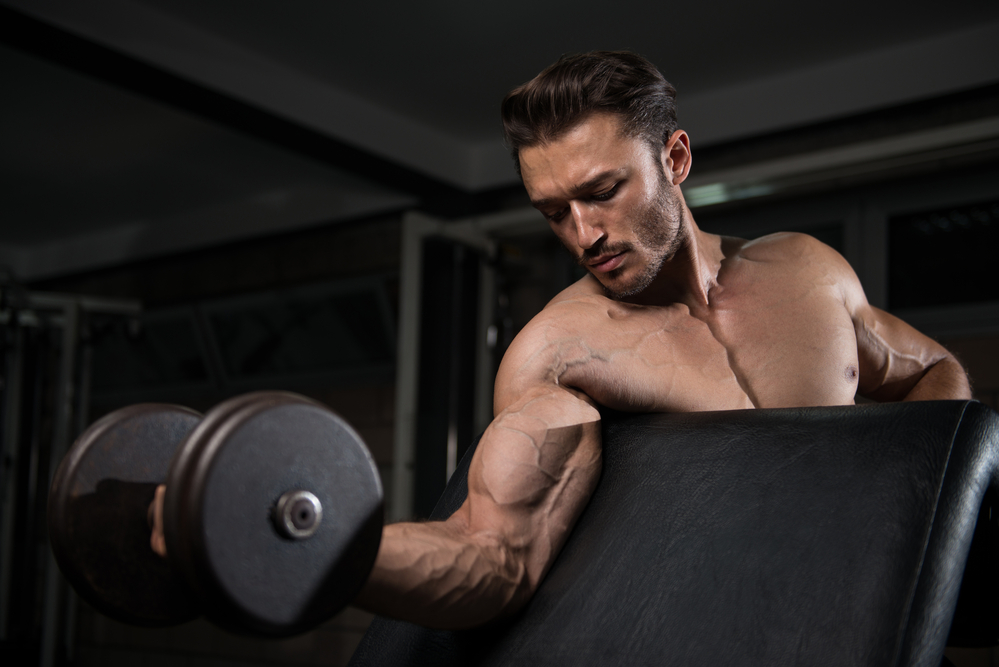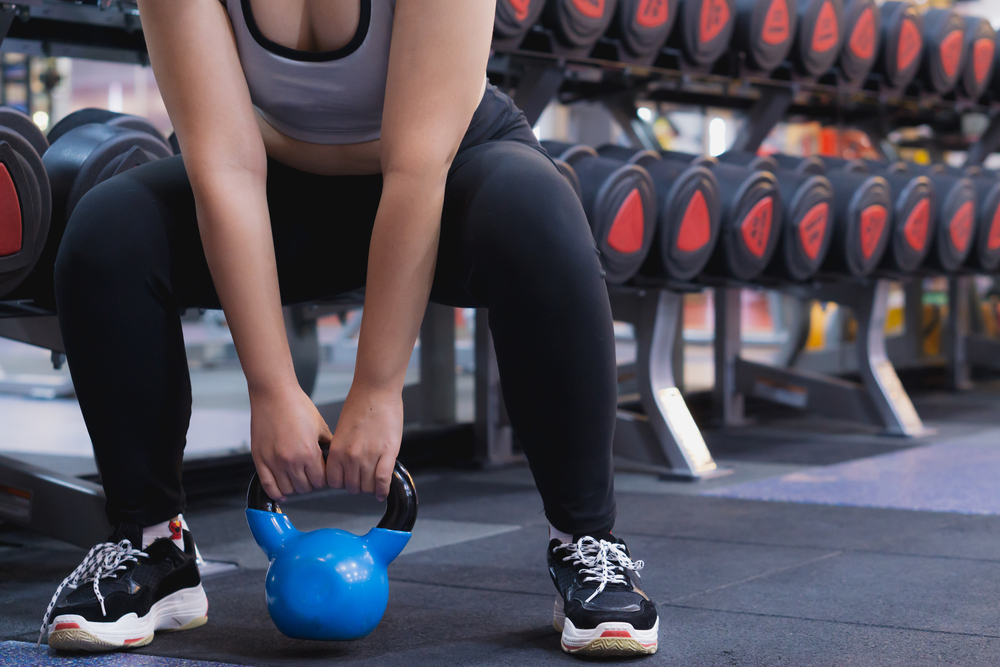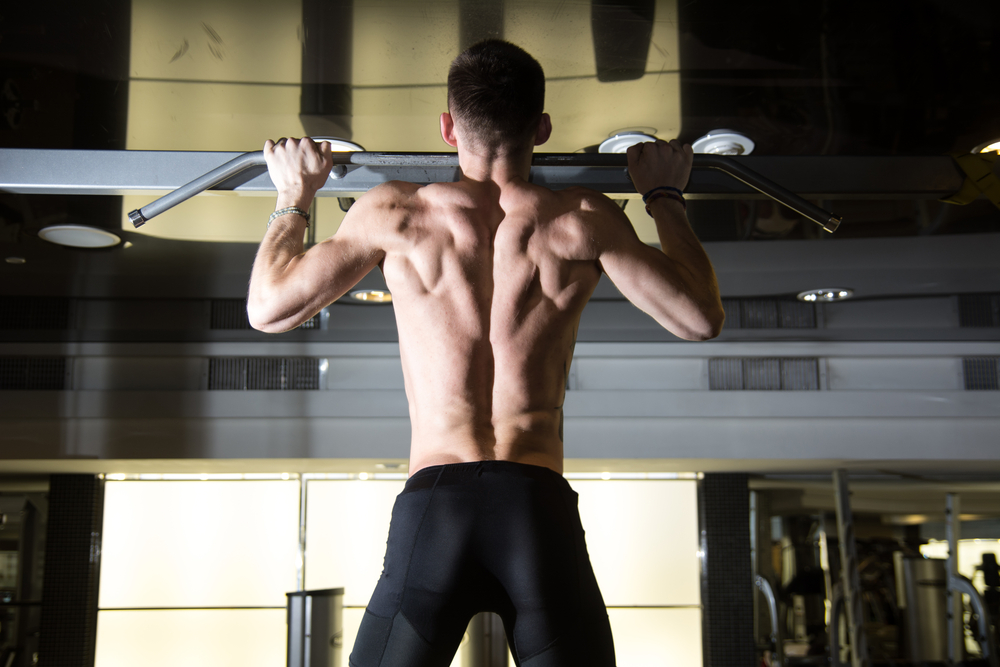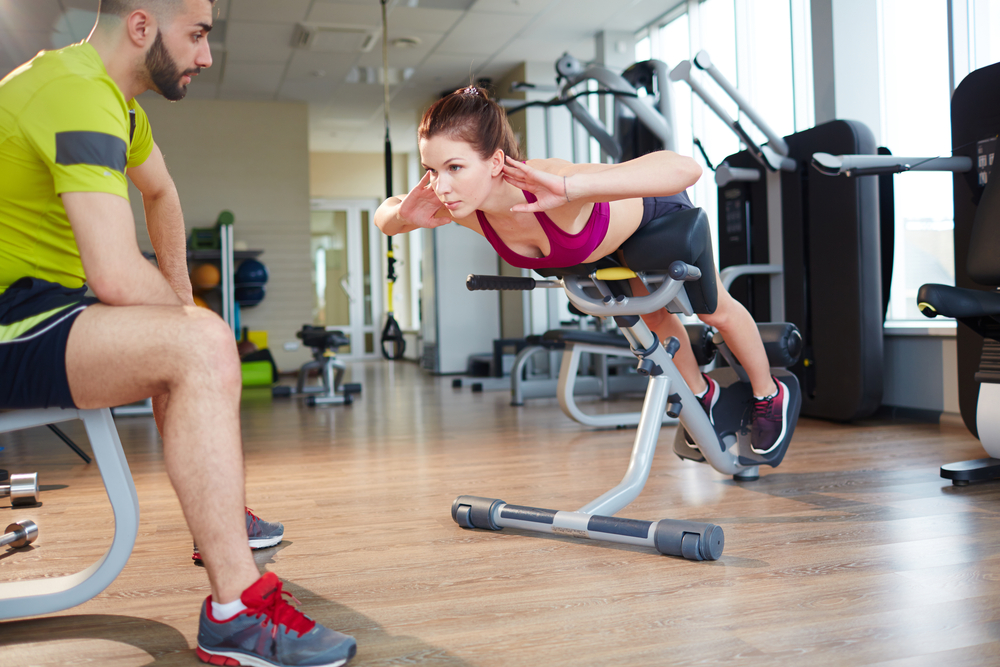
Table of Contents
Reverse hyperextension is a variation of the traditional back (hyperextension) exercise with a slight difference. You fix your legs and raise your body in the classic version. Reverse hyperextension is the opposite. Your body is fixed, and your muscles work by lifting your legs. Thanks to the technique, the exercise becomes safer for the spine. The emphasis of the load shifts from the lower back to the thigh and glute muscles.
What muscles do work in reverse hyperextension?
Reverse hyperextension is an excellent exercise for developing the legs and back muscles.
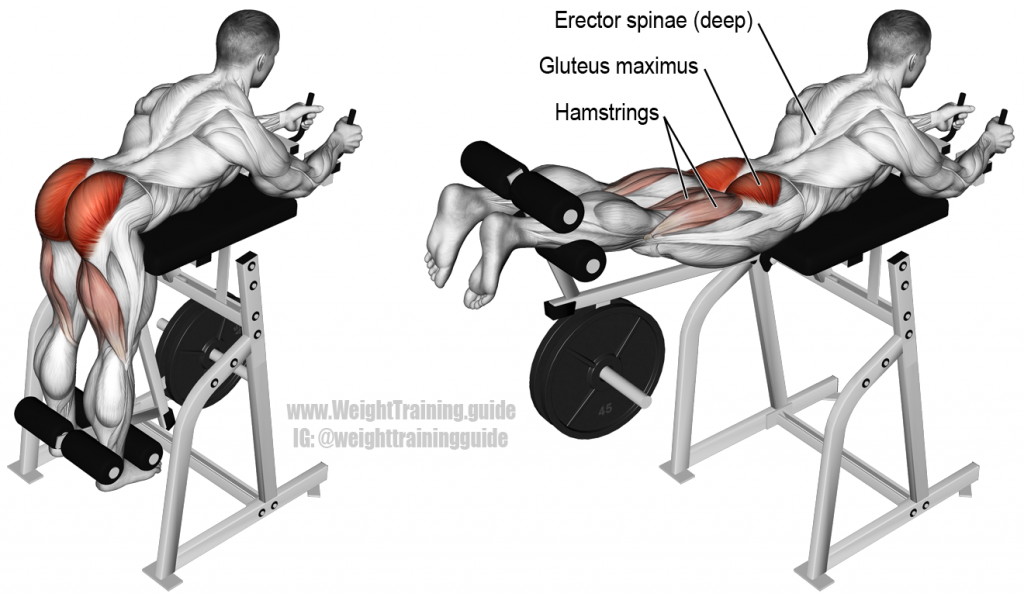
Working muscles
In particular, these are the muscles of the thighs, buttocks, and back:
Gluteus maximus muscles
Hamstrings, semitendinosus muscles
Extensors of the back, square muscles of the lower back
The abs perform the function of stabilizing the position of the body. Hands work in statics. You hold onto the support with their help.
Some athletes try to make the exercise more functional and create the load on the gluteus medius. They spread their legs to the sides. It makes no sense. Because the stress on the gluteus medius is still insignificant. This means that the exercise doesn’t affect its development in any way. In this case, the pressure on the joints increases many times. Movement becomes potentially hazardous.
During reverse hyperextension, movement occurs only in one joint – the hip. It’s a large and strong joint. Therefore, you can use additional weights. Don’t forget about a quality warm-up. It will keep you safe from injury and make the exercise as comfortable as possible. Rotate your pelvis for a few minutes. Do squats without weights. Walk in place, lifting your knees high.
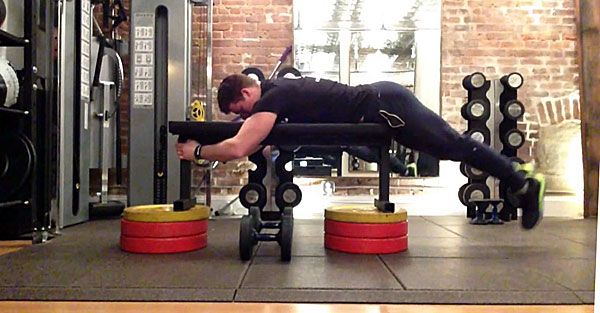
Exercise benefits
Reverse hyperextensions are great for both beginners and experienced athletes. Girls especially love the exercise. Because it targets the glutes and hamstrings.
Reverse hyperextension has several benefits as compared with the classic version of hyperextension:
You can use more weights by shifting the load from the lower back to the legs and glutes muscles. This leads to faster muscle building
The risk of spinal injury is minimal. Reverse hyperextension is one of the therapeutic exercises for back pain and tightness caused by a sedentary lifestyle. Of course, if you have a serious spinal disorder, it’s better to discuss the exercise with your doctor
Reverse hyperextension is ineffective for the back. You can do this exercise before the deadlift or barbell squat. While the classic hyperextension is a basic exercise.
https://www.youtube.com/watch?v=g07fnrRy3mo
Reverse hyperextension technique
Sports equipment is needed to do reverse hyperextension. These are a Reverse hyperextension machine, a Roman chair, a bench, and any other surface, on which you can lie on your stomach and lower your legs. The abs is your pivot point, regardless of the sports equipment you choose.
So, fix the position of the body with your hands. Grip the sports apparatus or bench firmly. You are now ready to start the exercise.
https://www.youtube.com/watch?v=3kzAV20d_dE
Choose the right weight responsibly. Don’t use too heavy dumbbells or weights. In this case, you will not be able to perform the movement with perfect technique. Remember, the exercise technique is always a priority.
Reverse hyperextension has become widespread in physical therapy. The exercise strengthens the back muscles and stretches the spine. Therefore, add the exercise to the end of the workout program for these purposes. In addition, add a series of stretches without the sports equipment.
Workout tricks and tips
Follow these tips to achieve the ideal reverse hyperextension technique:
Don’t engage your core muscles while lifting your legs. This not only renders the exercise ineffective but can also cause lower back injury. Don’t overstrain your neck. It can cause muscle strain. Keep your head straight, and don’t tilt it back
Have you mastered the movement and do the maximum reps easily? Then complicate the exercise with weights. Squeeze a small dumbbell or exercise ball between your feet to do this. You can fix the weight with ropes. If you can’t do a set, just lower your weight to the floor. And complete the reverse hyperextension without weight
Adhere to the maximum specified amplitude. Don’t let your leg muscles relax at a low point
Roll the toes inward to load the hamstrings harder
Avoid jerking and inertial reps. If you are tired, it’s better to end the exercise or reduce weight. Remember, rocking can cause injury
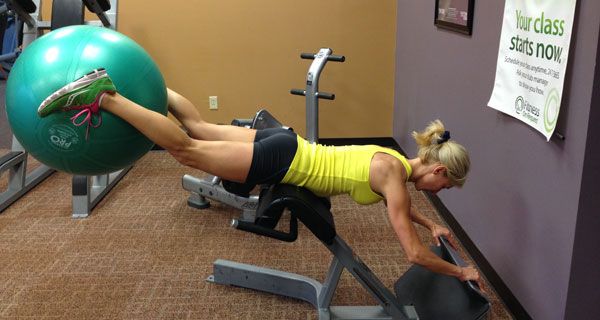
Reverse hyperextension with exercise ball
Reverse hyperextension is an excellent exercise for the glutes, hamstrings, and back extensors. With a maximum amplitude, the muscles receive a load in the positive phase of the movement and quality stretching in the negative.



